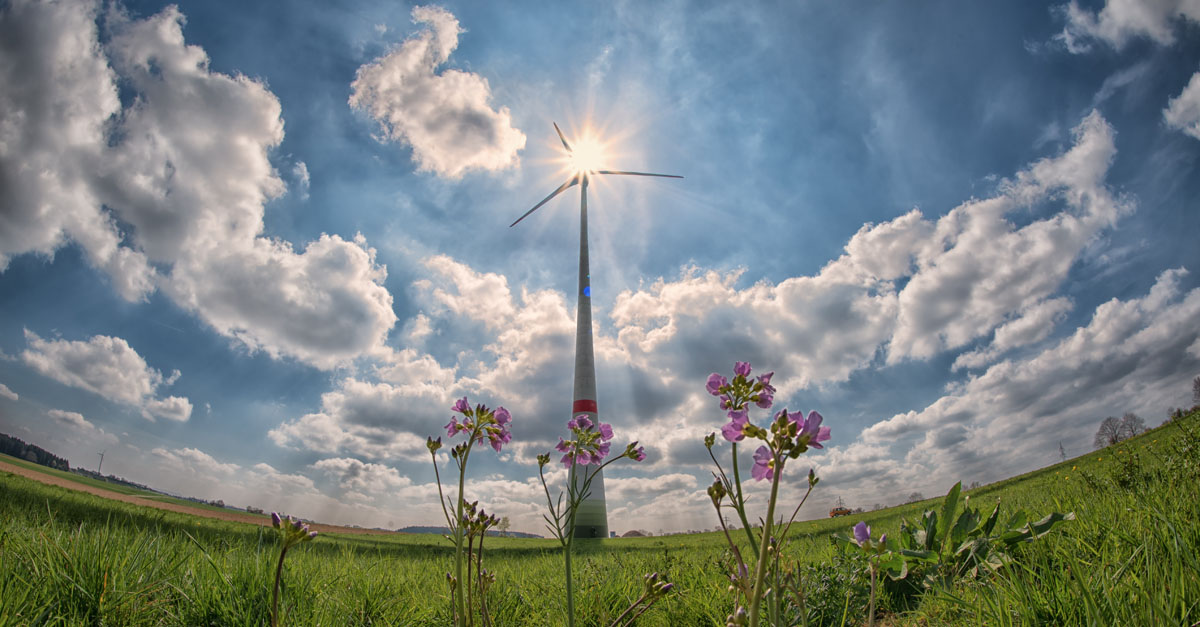Tag: Values
2018 Sustainability Goals and Trends

In the wake of the US federal government pulling out of the Paris Treaty on Climate Change, cutting the budget of the Environmental Protection Agency (EPA), and reducing national park land, some might wonder what 2018 sustainability trends might look like. However, new entities have emerged to lead the fight to reduce climate change and champion sustainability. We saw more than 2,500 businesses, local governments, colleges and universities, tribal leaders, and faith-based organizations step forward and sign the We Are Still In pledge, committing to tackle climate change, ensure a clean energy future, and uphold the Paris Agreement with or without the help of the federal government. Efforts like We’re Still In demonstrate the power of leadership at all levels.
Engaging Employees to Accelerate Sustainability Efforts
We say it a lot as an explanation of what we do; “we help companies accelerate their corporate sustainability efforts via employee engagement.”
But how exactly does employee engagement accelerate sustainability?
Principles to Increase Sustainability Successes
We talk to a lot of sustainability leads and it’s not unusual to hear them say that they feel isolated. As the only one advocating for conservation, the lead may feel no one else really “gets” the many ways sustainability leads to profitability. Too often, sustainability professionals are seen as separate and distinct from the primary functions of the organization, they do not have a seat at the table, and they feel isolated or that they are perceived as “policing.”
Speak Up! Share How You’re Hitting Sustainability Goals!

While the US government scales back its response to climate change, businesses are taking the lead in reducing resource use, cutting emissions and eliminating landfill waste. There are nearly constant headlines about the efforts of big companies—from Apple’s efforts to transition from newly mined minerals to recycling used components to Unilever’s overall leadership that helps it attract and retain talent—examples abound.
Employees Want to Feel Valued
 A 2014 survey indicated that 83 percent of workers planned to look for a new job. These employees said that they were exploring their options because they wanted more pay, more opportunities for advancement and more recognition.
A 2014 survey indicated that 83 percent of workers planned to look for a new job. These employees said that they were exploring their options because they wanted more pay, more opportunities for advancement and more recognition.
The same survey showed that worker unhappiness was down dramatically from the previous year.
Employees don’t feel unhappy, they feel undervalued. Pay, advancement and recognition are all measures of worth.
In thinking about how to respond to these findings I refer the reader to a few of my favorite sources: Daniel Pink’s Drive and Dan Ariely’s Predictably Irrational. We are not very good at understanding our own behaviors or at predicting what will make us happy—and money is not the motivator we tend to think it is. When it comes to conveying that we value someone, context is critically important. In short, it is likely that some employers will read about this survey and respond in a well-intentioned way that reinforces the employee’s urge to leave.
Here at Cool Choices we think a lot about employee engagement—about what makes people feel like a valued part of a workplace community. We see constant evidence that recognition—from peers as well as supervisors—matters a lot. Our partners often marvel at the impact little things—like an email from the boss or a photo on the company intranet—can have on employee morale.
What are you doing to ensure your employees are engaged and feel valued?
It’s Not Me, It’s You | Making Sustainability Visible
There has been some hand wringing in recent days regarding findings from the National Geographic’s annual Greendex survey. Commentators read the survey and bemoan that Americans are not only more wasteful than their peers around the world, but we also don’t feel guilty about that waste.
Reading the survey results I see a slightly different explanation.
Greendex is a measure of consumer attitudes and opinions, as well as practices. Across four categories of consumer behavior (housing, transportation, food and consumption of goods), Americans ranked dead last, meaning our behaviors have greater environmental impacts than the parallel behaviors of our peers in any of the other 17 countries surveyed.
That ranking is no surprise. Our suburban, car-oriented culture is resource intensive and the US has ranked last each year since the survey began in 2008.
What seems discouraging is that just 21% of US respondents feel guilty about their environmental footprint, compared to higher percentages in other countries like India and China where people have lower footprints. The spin has been that we’re wasteful and that we don’t care.
Looking at some of the other findings here—consistent with other recent surveys—I think there is another story. In the Greendex survey 52% of Americans described themselves as green. So more than half of us think we are doing our part. At the same time these same US respondents said only 35% of all Americans are green.
That means that if there’s a problem in the US, it’s not me it’s you.
This is consistent with the recent AP-NORC survey on energy use and attitudes where only 9% of respondents thought their usage was higher than others in their community—9%. The rest split pretty evenly between reporting they were average or that their usage was below average.
The problem is that we are confident that we are not the problem.
Cool Choices sees this phenomenon in our work inside corporate communities. When we do baseline surveys the majority of employees report that they are doing their part to be sustainable. When asked what portion of their coworkers share this commitment the numbers drop. Indeed, the Greendex numbers look pretty consistent with what we have seen.
And this is a problem. Actually it is multiple problems.
- First, the perception that I’m the only one trying gives me license to try less hard going forward. This is the ‘I’ve already done my part’ phenomena that George Marshall and others cite.
- More importantly, though, the sense that I’m in the minority has huge implications for social norms. If I think most of my colleagues do not care about sustainability then I’m less likely to speak up when I see opportunities.
- And, of course, I will feel less guilty about my overall impact—because it is not as big as the impacts of others around me.
Making sustainability efforts more visible—giving people proof that those around them are also trying to do the right thing—achieves multiple objectives. It busts open the myth that I’m the only one who cares and it puts my current efforts (which might not be as green as I want to think) in context with the actions of my peers, ideally spurring me to do more.
Cool Choices achieves visibility through game systems that are transparent—so that players can see what actions other players have claimed. How can you enhance the visibility of sustainable actions in your work?
It’s About Playing the Game, Not the Prizes
Since Cool Choices gives corporate employees opportunities to win by being more sustainable, we are always interested in other workplace gamification efforts. A recent piece about games as part of wellness programs caught our attention. The article showcased several models and talked about how organizers used prizes to generate interest and participation.
In the end, though, it wasn’t the money that drew the workers in. It was the online camaraderie, and the challenge. “People wanted to be on the winning team,” says Julie McGovern, Chilton’s vice president of administration and HR.
That is worth repeating: participation wasn’t about cash prizes. People wanted a challenge and the camaraderie of facing that challenge together. Likely some of them wanted the pleasure of prevailing over their peers while others may have simply enjoyed being part of a team. The lure of prizes may have drawn a few people into the program initially but, once in, folks are motivated by the game, not the prizes.
We see this in our interactions with employees. People are excited to be part of a bigger effort to do the right thing and they appreciate the ways a game can facilitate recognition of their individual efforts. Simple tools like leaderboards and player highlights are very motivating.
This is important news for the leaders who worry that games will require big-ticket prizes. It turns out that playing the game—getting credit for one’s own accomplishments and having an opportunity to cheer on others—is a reward in itself.
And it is not the only reward. In wellness games, employees get healthier and in sustainability games like ours people report both positive lifestyle changes as well as dollar savings. And in all of these games, there is an increase in levels of team work, which provides a whole other realm of corporate benefits.
Indeed, when you pause to do the math you realize that the corporate and individual benefits of employee engagement games add up almost as quickly as the environmental benefits.



